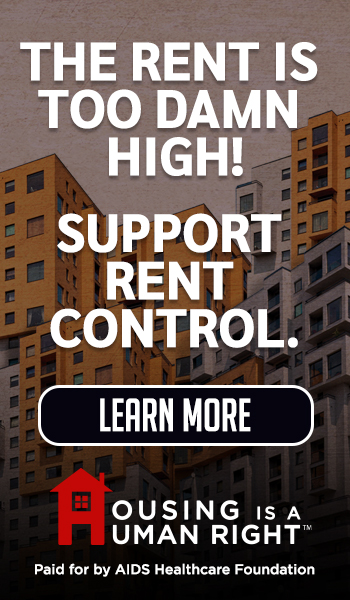Comments
PLANNING WATCH - The City of Los Angeles adopted its Rent Stabilization Ordinance in 1978. This means that each year fewer apartments in Los Angeles are subject to this 47 year-old law. The Los Angeles City Council can update this ordinance, and the time has come for them to finally act.
During the past half century local housing conditions have dramatically changed, and the city’s Rent Stabilization Ordinance must follow suit. For example, the cost of housing in Los Angeles has increased twice as fast as wages. As a result, most Angelenos spend far more than 30 percent of their income to stay housed. One result of this sharp increase in the cost of housing is that LA’s population is declining since many people can no longer afford to live in Los Angeles.
Another important change is that real estate companies are buying houses to rent them out until market conditions warrant selling them. Furthermore, when landlords hold on to these overpriced apartments and houses, CityWatchLA author Pini Herman has described a clever, but illegal technique used by unscrupulous landlords. They or a broker subdivide bedrooms in unrented apartments with a thin wall and then temporarily rent out each half to someone desperate for a place to live. If or when a tenant appears who wants to rent the entire apartment, the temporary tenants and the separation wall are quickly removed. The use of the apartments as a de facto rooming house quickly ends.

Los Angeles tenants are organizing and demonstrating for stronger rent control ordinances.
How should the City of Los Angeles Rent Stabilization Ordinance be amended?
- The cutoff date should no longer be 1978. 2010 is a more reasonable date, which means that apartments more than 15 years old would be subject to rent stabilization.
- The City’s Rent Stabilization Ordinance’s cutoff date should be automatically updated, perhaps every five years, to ensure that the Rent Stabilization Ordinance covers recent additions to the city’s housing stock.
- Since houses are increasingly rental units, they, too, should be subject to the updated Rent Stabilization Ordinance.
- Other housing types that should be subject to the updated Rent Stabilization Ordinance include condominiums, townhomes, duplexes, separate single-family residences on the same lot, residential units in commercial buildings, and Accessory Dwelling Units.
- When a tenant moves out of or is evicted from a Rent Stabilized housing unit, the ordinance provisions will continue and apply to the protected units when new tenants. This change will end vacancy decontrol.
-
- Additional tenants, such as a baby, shall no longer trigger rent increases.
- Rent increases must be based on documented costs and be limited to 3 percent per year.
- The cost of utilities can no longer be used to increase rents.
What else should the amendments and implementation measures address? The Keep LA Housed organization has proposed a tenant Bill of Rights, and its provisions should also be added to the amended Los Angeles Rent Stabilization Ordinance.
Freedom from landlord harassment and discrimination. Local government could prosecute landlords who harass or discriminate against tenants.
- Just Cause Evictions: All proposed evictions must be based on itemized and documented grounds.
- The City should continue the emergency measures adopted during the Covid epidemic. These amendments would not allow evictions when tenants missed a small amount of rent.
- Landlords would not be allowed to buy-out tenants with Cash-for-Keys offers.
- Tenants would have an automatic right to a publicly provided legal counsel in all eviction proceedings.
The real estate and landlord lobbies will oppose these amendments to the Rent Stabilization Ordinance, such as the inclusion of houses, so the public must push the Mayor and their City Councilmembers hard to make sure they support these changes.
(Dick Platkin ([email protected]) is a retired LA city planner, who reports on local planning issues. He is a board member of United Neighborhoods for Los Angeles (UN4LA). Previous columns are available at the CityWatchLA archives.)
















